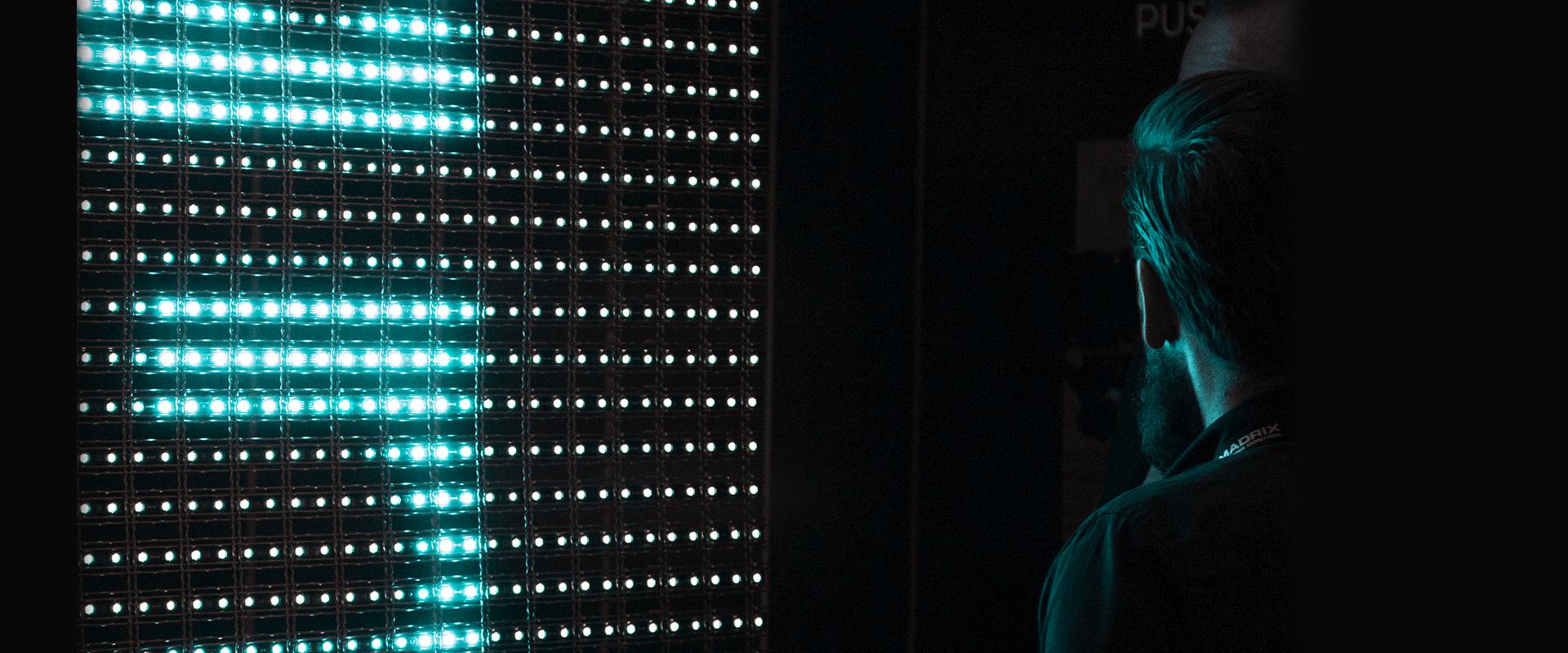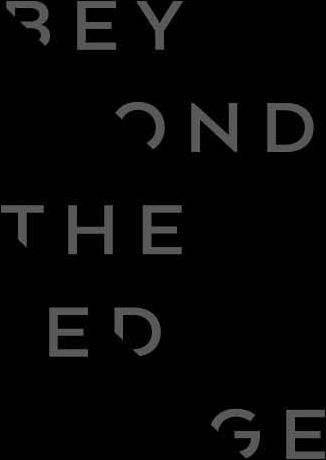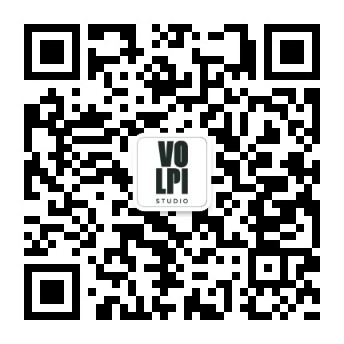Today’s world is ever more connected and digital-oriented, new technologies set scenarios where user interaction is key and integrated systems become one of the most expanding and interesting sectors for end consumers and technological product providers, as well as creative designers and planners that want to create cutting-edge sceneries and unforgettable experiences.
We recently visited ISE, the most important exhibition dedicated to audiovisual integrated systems, held at RAI of Amsterdam. Here, embraced by technology and lots of special FX, we found tangible proof of the great value of modern technologies. We are rapidly reaching the moment when they will become so immersive and intuitive to turn into a must-have in consumers’ life, leaving behind the old generation of appliances that would struggle to meet our needs, and heading for a hyper-connected ecosystem where everything that surrounds us, even if non-animated, will become a source of information interacting and listening to us.
HOT TOPICS
They are the keywords of this bubbling cauldron made of lights, colors, animations and interactions: from IoT to smart building, virtual reality and projection mapping, through clear OLED and curved displays. All these instruments aim at the same goal: make our "user" and "consumer" experience ever more fluid, frictionless and, of course, integrated. As service providers and users, we cannot live without all these tools.
They enable us to stay connected, and we know by now that sharing goes way beyond social networks, an end in themselves, becoming essential for the workplace, the public system of signs, shopping and entertainment experiences that with symbiotic dynamics blend the physical and digital to get more and better out of everything we do.

AWARE SHOPPING
Shopping has become by now one of the most aseptic and impersonal experiences. Large distribution systems provided us with the priceless comfort of getting whatever we want with just a few clicks. Yet we have forsaken the experience of finding that unique item, the one and only perfect for us and made to measure for our needs, something that has driven us to long for something rather than feel pure joy when we obtain it.
This detachment made us see an attempt of hybridization of the two parties where going back to buying something physically in a store becomes a justification to take a journey within that product, through its story, characteristics and the possibilities it entails when we decide to make it ours. In this goods-participation approach, retailing experiences become ever more engaging and exploit highly immersive technologies to make us live the experience generated by products: clear yet animated displays and window cases, traditional materials that turn into AI technologies to acknowledge our body’s shapes and information.
Thanks to a diversified system of simulations, stores, stands and boutiques turn from mere object containers to bearers of the knowledge connected to that specific category, making us feel less like consumers that exploit and more like individuals that share the way of being offered by that product. We no longer buy a technological item or a fashion garment, but rather a value and all the moments it will make us enjoy, anticipating them while navigating possible worlds through totems, environments and stations that make us believe we are actually in front of the right product for us.


WORKING AND LEARNING TOGETHER
The professional business and education sectors can boast an ancient tradition of sharing and have always been the objects of in-depth analyses on how technologies should be used to improve its dynamics, processes and material collection/sharing. Interactive boards and software dedicated to idea and product sharing is a trend that shows no sign of stopping. But today’s offer for this type of devices is greatly above the average and we are starting to wonder if we are more worried about the tool than the contents.
There are plenty of meeting room video cameras, presentation pens and controllers as well as devices for content mirroring on multiple appliances. What we are missing is a way to exchange information and knowledge with a more engaging experience and lend new perspectives, instead of simply using a display as the only frontal reference of knowledge. While virtual reality takes us to a make-believe world where we set the rules and operational logics, mixed and augmented reality respond in a much better way to our need of starting from something real, discovering, when appropriate, everything we need through visualizations that combine physical and digital in an experience of outstanding added value.
The next step we envisage is a return to a sort of pseudo-materiality where technology will reach such a maturity to become an intangible and invisible soul within matter, making us forget its existence and the dichotomy between physical and digital, yet leaving room for curiosity and individuals’ will to invent and discover new things.

WHAT YOU SHOULD LOOK FOR IN A TECHNOLOGY
Finally, if we look ahead, we see a multitude of untilled opportunities and a wide range of technological instruments and innovations to achieve them. However, it seems that we are often better at creating tools to progress rather than understanding and exploiting their potential, and this is innovators’ stylistic specialty.
As always, the advice is to take what the market offers and experiment, decontextualizing such technologies and trying to apply them in sectors for which they have not been devised.
After all, the most interesting journeys start from intersections.
Luca Toscano
Interaction Designer at Studio Volpi
-
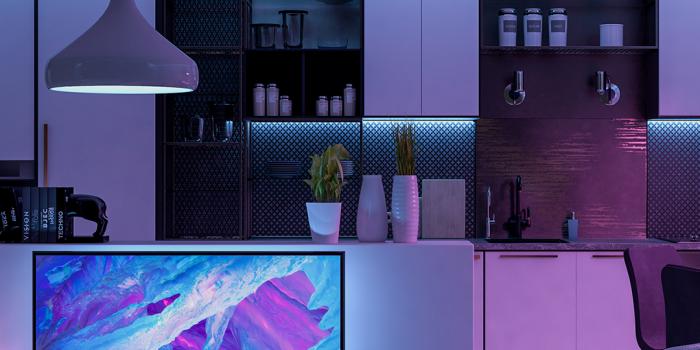
-
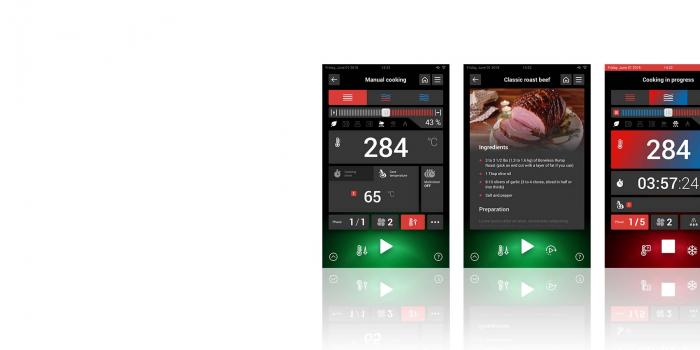
-
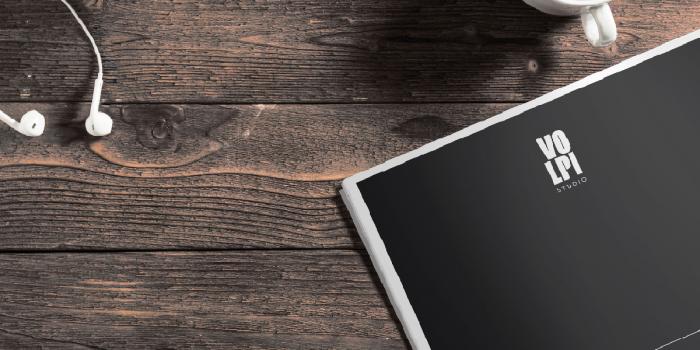
Perspectives Mar 30, 2020
KITCHEN 4.0: HOW DIGITALIZATION IS CHANGING THE RULES
Technological updating and the integration of an interconnected soul are turning modern professional kitchens into a perfect example of the 4.0 industry, where the product and its super digital powers become a tool to improve working conditions, enhance productivity, monitor the processes to achieve better results and create new business models



